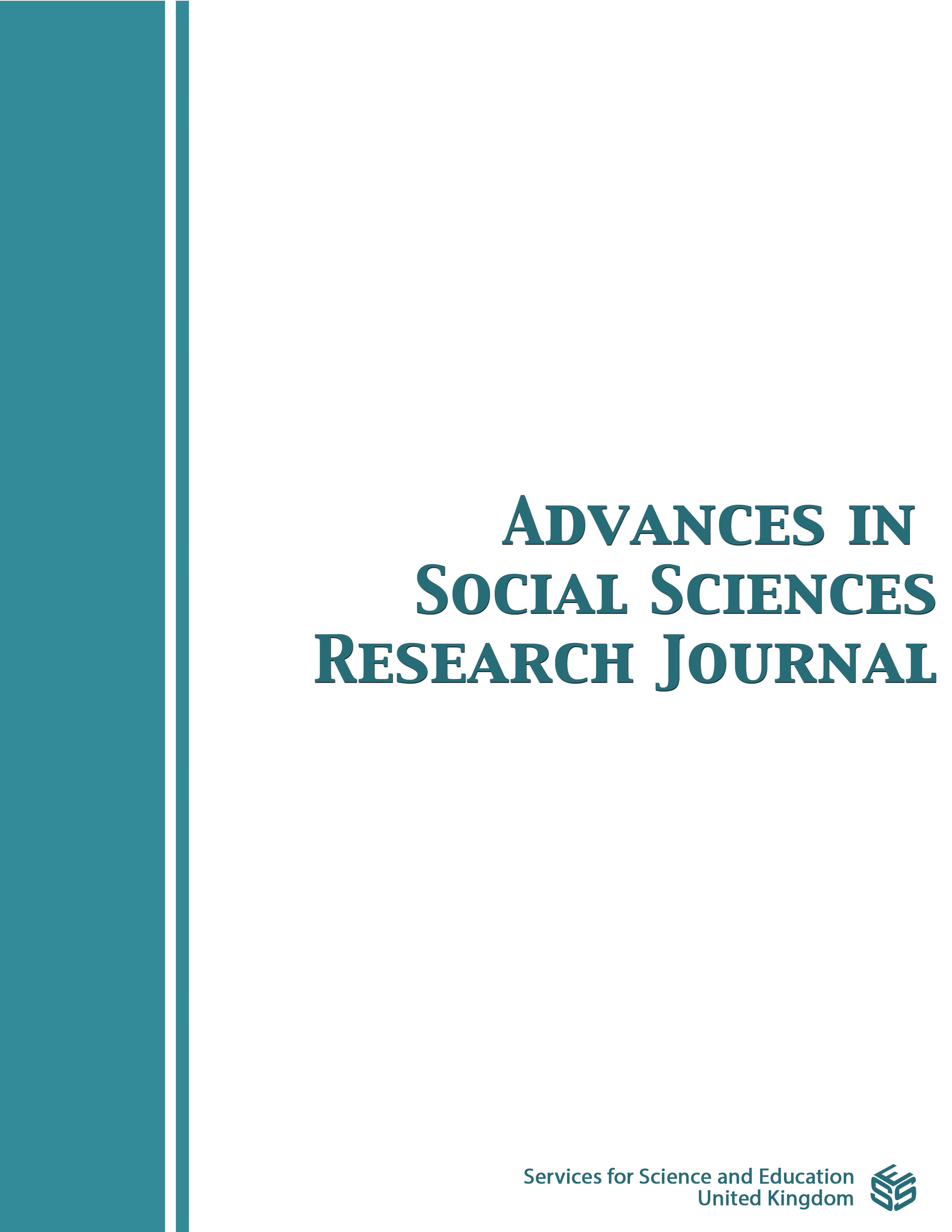Issues and Trends in Contemporary Education
DOI:
https://doi.org/10.14738/assrj.105.14753Abstract
Innovation management; as well as organizations in general, public and private, deserve a continuous analysis and follow-up of the variables of the external context that impact them. In this sense, it should be noted that educational agents are the ones who do the innovation and hence their management and direction play a key role. Education professionals, more than ever, need to know how to come to understand and comprehend the complexity of what external variables mean and their impact on educational work. Next, a model and method for its follow-up is presented. It is an invitation to know and to take possession as agents of change in the practice of creativity and innovation, without neglecting at any time, the impact of the external context of the school, as it occurs in the Dual Modality (school-company relationship). The school as a quality school organization and educational innovation represent two areas called to be properly related, carefully analyzed, strategically planned and encouraged for their joint development. The relationship between the school as a quality school organization and educational innovation has to be seen and justified both at the level of theoretical argumentation and in the functioning and institutional life of schools as educational spaces both in it and in the company when applying Dual mode. It has to be projected, in time, in the articulation of the educational policy of a country and in the school practices that occur in the classrooms. I believe that in our country this double task is yet to be accomplished. So far, we have not managed to develop a solid tradition of pedagogical thought that has adequately explored the mutual implications between school quality and innovation as an educational process.
Downloads
Published
How to Cite
Issue
Section
License
Copyright (c) 2023 Jose Manuel Salum Tome

This work is licensed under a Creative Commons Attribution 4.0 International License.
Authors wishing to include figures, tables, or text passages that have already been published elsewhere are required to obtain permission from the copyright owner(s) for both the print and online format and to include evidence that such permission has been granted when submitting their papers. Any material received without such evidence will be assumed to originate from the authors.






